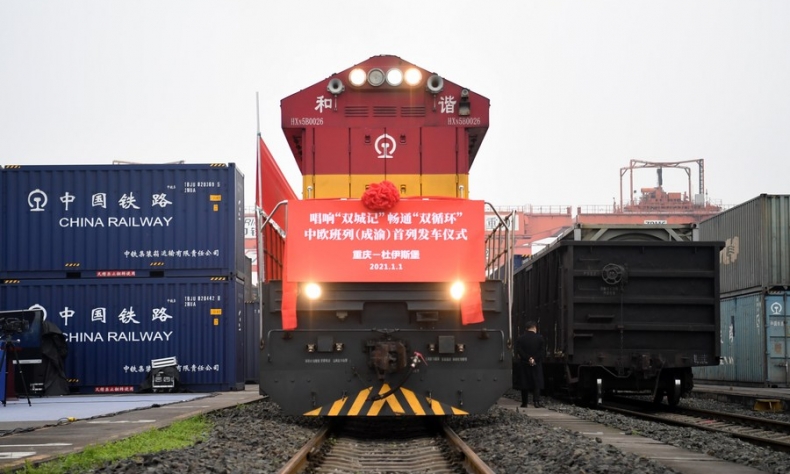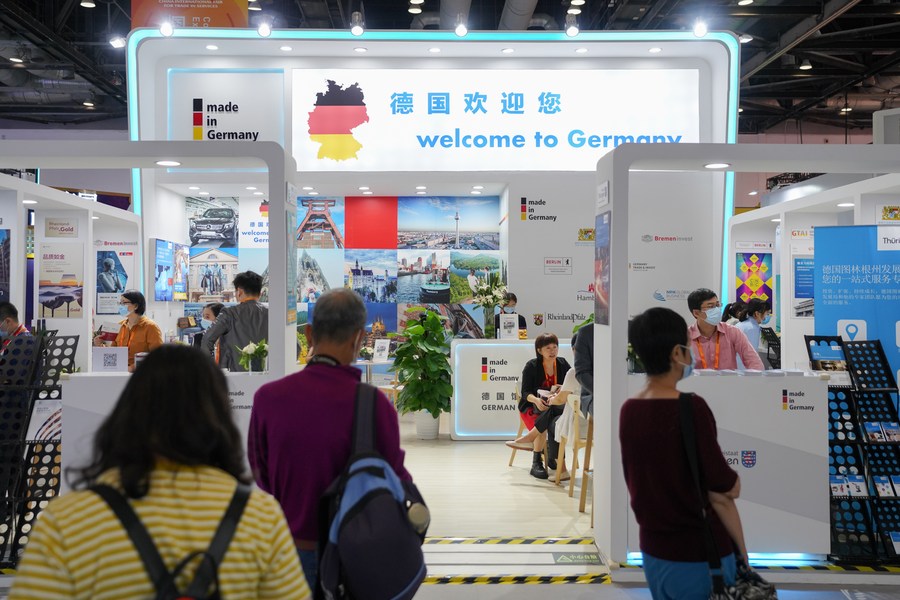Shared Responsibilities for a Better World

The responsibility of the Chinese and European leadership is to work together to stabilize the situation and prevent new worldwide crises. Competition can be managed as long as there is common will.
The international community is in shock over the continuing war in Ukraine. Peace is an urgent need but the road ahead remains rough. China and the EU share a common interest in stopping the conflict. However, their interpretations differ on some dimensions.
China is following its typical approach to foreign policy. The EU, by contrast, has been put in an awkward and complicated position because of its geographical proximity with Ukraine and its energy dependency on Russia.
China has maintained good ties with both Russia and Ukraine. This advantage has the potential to upgrade its international role in the future. Of course, although the Chinese Government supports talks between the two countries, it maintains neutrality on the terms of a ceasefire and its practical implementation. Additionally, it does not seek to influence the content of negotiations between the West and Russia about the so-called “security architecture” in Europe and important settlements synthesized around necessary arms control.
The war in Ukraine impacts Sino-European relations in a way that mirrors their respective world views. Cooperation opportunities will arise if China and the EU work together to mitigate the consequences of the conflict. Ukraine is one of the world’s major exporters of grain. The UN Food and Agriculture Organization anticipates that food shortages in the short and medium term are likely to deteriorate due to declining Ukrainian exports. Africa and the Middle East will be most affected, generating a new wave of serious problems.

China and the EU are looking closely at the conflict, but are also examining other aspects of their partnership. Trade functions as a driving force that pulls them together—even in times of political disagreement. According to German statistics, for instance, Sino-German trade reached 245.4 billion euros ($266 billion) in 2021, making China Germany’s biggest trading partner for the sixth year in a row. By comparison, in 2021, Germany’s trade with the Netherlands and the U.S. amounted to 206.3 billion euros ($223 billion) and 194 billion euros ($210 billion), respectively. German exports to China were on the rise in the first two months of 2022. Total volume reached 8.1 billion euros ($8.7 billion) in January and 9.2 billion euros ($10 billion) in February, compared with 7.6 billion euros ($8.2 billion) and 8.3 billion euros ($9 billion) a year earlier, respectively.
Political and ideological differences between China and the EU will remain. Delegations from both sides, either at the China-EU summit or in bilateral meetings between China and member states of the bloc, embrace different governance models and are engaged in dialogue without illusions. The question is whether a symbiosis is possible, especially in a changing world order.
Limited people-to-people exchanges, as long as the COVID-19 pandemic persists, fuel misunderstandings between East and West. Notwithstanding the absence of physical contact, which has been a central pillar of Sino-European relations for years, efforts to formulate a joint agenda are still being made. The much-expected return to post-coronavirus normalcy will assist greatly in consolidating relations.
Both the COVID-19 pandemic and the war in Ukraine create challenges that might have been inconceivable in the past. This is the new reality politicians must cope with. The responsibility of the Chinese and European leadership is to work together to stabilize the situation and prevent new worldwide crises. Competition can be managed as long as there is common will. But political leaders should act in a spirit of common prosperity and stability throughout the process.
The author is EU-China Program Director at the Centre International de Formation Européenne.
 Facebook
Facebook
 Twitter
Twitter
 Linkedin
Linkedin
 Google +
Google +










